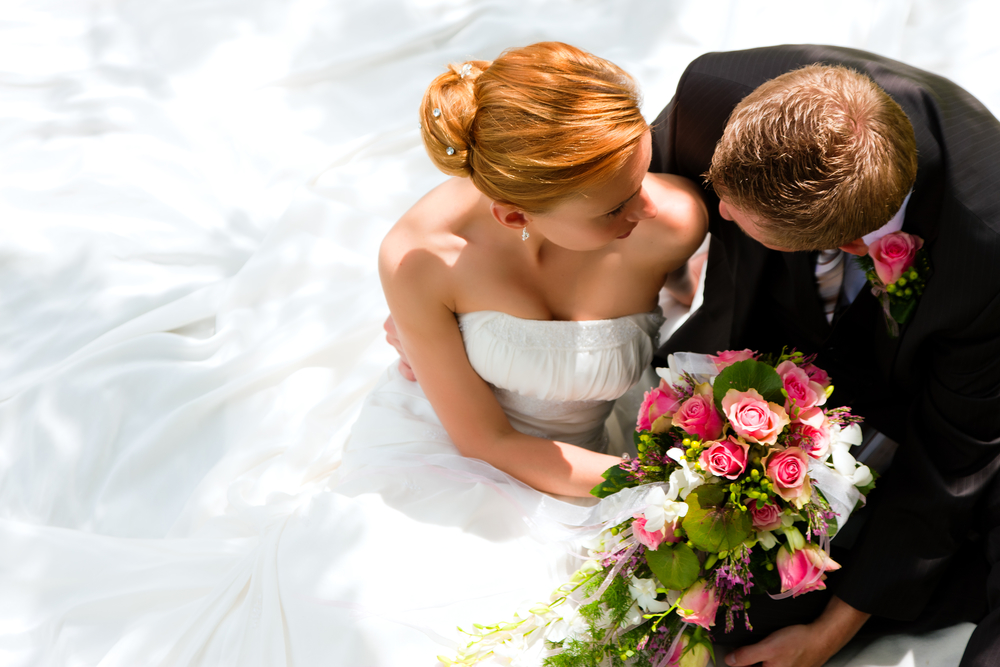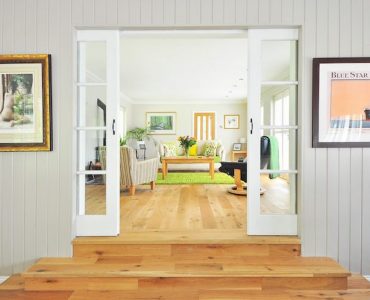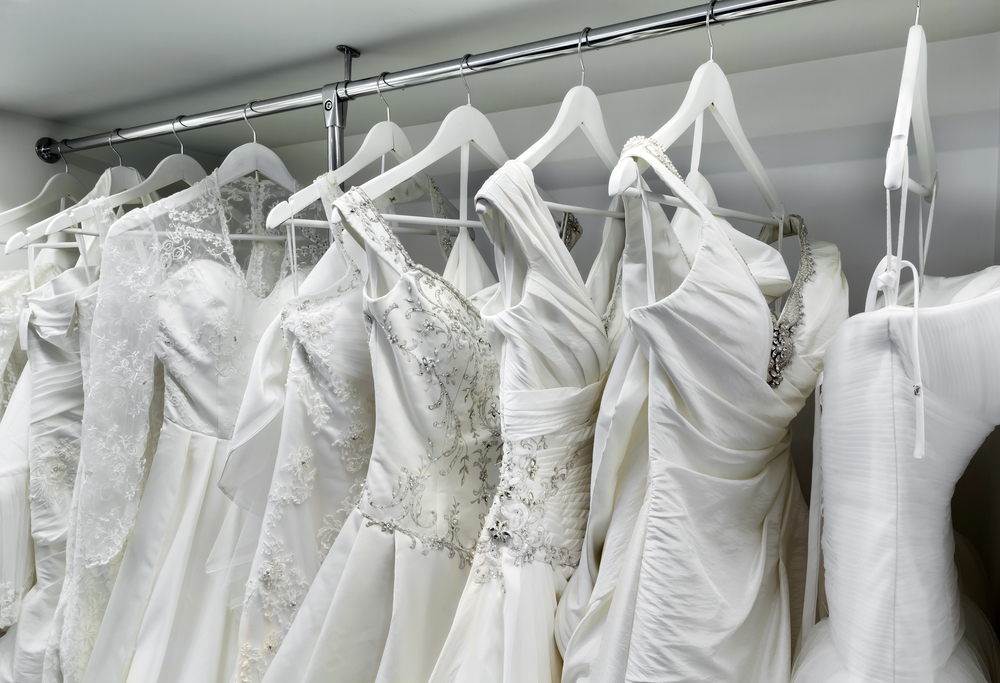Whenever you embark on a decorating adventure, it’s important to understand some basic design principles. This is true whether you are discussing what to wear or how to adorn your wedding venue. The basic place to start is a colour wheel. If you don’t have one of these handy little tools, go out and buy one. They are available quite cheaply at most art or craft stores.
The colour wheel can provide a lot of guidance when you are choosing and arranging the flowers for your big event. Many brides randomly choose colour combinations without even realising why they find them pleasing. You can easily vary the traditional combinations and make a big impact if you understand why these colour pairings have so much appeal.
Any colours that are directly opposite each other on the colour wheel are complementary. Some common complementary combinations include red and green, blue and orange, and yellow and purple – tulips, anyone, Triadic colour combinations form a triangle on the wheel. A non-traditional example is green, orange and purple. If you want to keep things a bit more simple, try a monochromatic or analogous scheme. Monochromatic colours are just various shades of the same colour, while an analogous palette features colours that sit directly next to one another on the colour wheel. A classic monochromatic arrangement for weddings is various blooms in shades of pink and red.
Every bride wants her special occasion to reflect her own unique personality. Playing with colours when you choose your flowers can be a great way to make a big impact.












